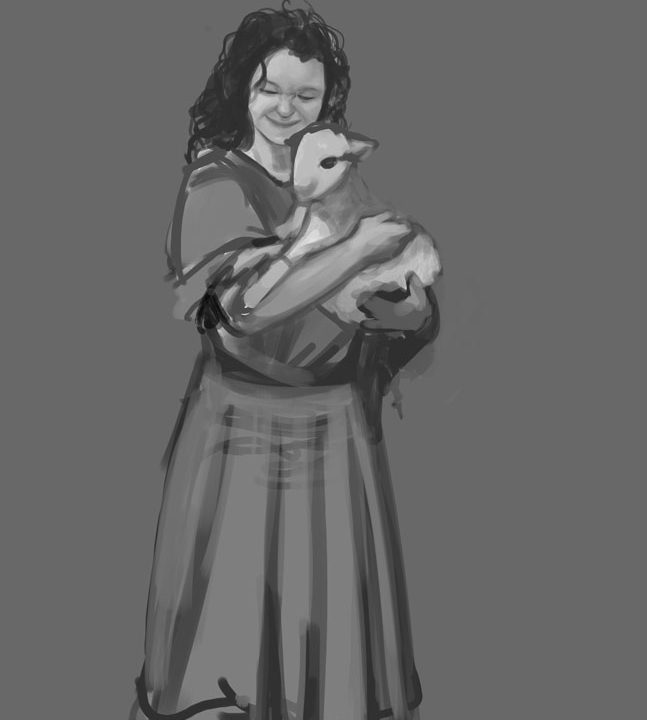What do those Sanskrit Words mean?
Glossary of Terms (mostly Sanskrit) Used in Azriel Dancer
Abhishek consecration of a holy icon, the pouring of libations on the image of a deity
Adharma the pursuit of wickedness, wrongness, immorality, vice
Amrit nectar, manna, the dining hall at Shiva Puri
Arati evening ceremony at which devotees wave lights to honor the sacred
Ativirya the adharmic energy that feeds Demonkind, the opposite of Kundalini
Atman the Self, human essence, similar to the western concept of “soul”
Bana lingam a naturally occurring rock that represents the formlessness of the Divine
Bhajan spiritual hymn or worship song
Bhagavad Gita the “jewel” of Hindu scripture wherein Krishna describes reality
Bindi the red “dot” of devotion on the forehead, symbolically the ‘third eye’
Brahma the Creator, the first deity of the Hindu Trinity
Dharma righteousness, law, duty, justice, both the path to it and the goal itself
Ganesha the elephant-headed god who removes obstacles, son of Shiva and Parvati
Gopi cowherdess, shepherdess, milkmaid, devotee of Krishna
Guru (gu) darkness and (ru) light, one who dispels the darkness of ignorance
Hanuman from the Ramayana, the supernatural white monkey, ally and devotee of Rama
Kali (with both vowels long) the ferocious female aspect of God, the “Dark One”
Kali (with both vowels short) the lord of demons who brings about the end of the world
Kali Yuga the Iron Age, the last age of humankind
Karma the fundamental law of cause and effect
Kundalini latent spiritual energy that lies coiled at the base of the spine
Laksman from the Ramayana, Rama’s younger brother and companion
Laksmi the goddess of prosperity
Mandir temple
Namaste greeting that means ‘I honor the divinity within you’
Nritya sacred dance, kinetic worship
Om sacred syllable, primordial sound, sung at the beginning and end of chants
Puja physical altar and the worship ceremony performed at the altar
Parvati the Goddess, Daughter of the Mountain, wife of Shiva
Pathika bhuva adharmic power of out-of-body travel
Rakshasa principal race of demons
Rama from the Ramayana, the protagonist, also the avatar of Vishnu
Ravana from the Ramayana, ten-headed demon lord of Sri Lanka, incarnation of Kali
Satsang association of seekers of the truth
Seva selfless service
Shiva the Destroyer, the third deity of the Hindu Trinity
Shivite branch of Hinduism, worship of Shiva, traditionally spelled ‘Shaivite”
Shakti power, energy, the tangible movement of spiritual grace
Siddhi miraculous power
Sita from the Ramayana, wife of Rama and ideal for women
Tekkas drum patterns
Trijata from the Ramayana, Ravana’s niece and confidant to Sita
Vishnu the Sustainer, second deity of the Hindu Trinity
Yoga through various means, the inhibition of the modifications of the mind
Yoga Sutra holy text by Pantanjali (CE 400), foundational scripture of Yoga
Yoni female component of Shivite altar, represented as a bowl or round stone
Yuddha (yuddha incarnation) literally war, violent conquest, demonic possession
Yuga one of four epochs of humankind: Krita, Treta, Dvapara, and Kali
